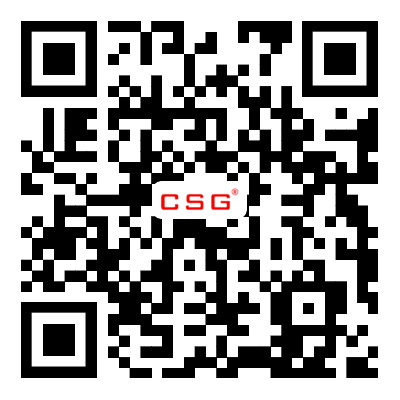For users who often use connectors, it is necessary to know some knowledge about the structure and principle of connectors. What is the structure and principle of connectors? The following will help you popularize the structure of connectors
Connector structure and principle
The connector can be made thin. In order to reduce the occupied area of the connector and seek miniaturization, the connector is used for high-frequency signal transmission. The connector is composed of four parts, namely rubber core, tongue, terminal and welding piece, The following is the knowledge explanation of these four parts
1. The function of the connector rubber core is to protect the terminal, insulate, guide the connection in the connection process, and provide mechanical strength. The manufacturing process of connector rubber core usually uses injection molding process, and the material is mainly PA9T material
2. The function of the connector tongue is to crimp the cable, insulate, guide the connection and provide the strength of the mechanism during the connection process. The manufacturing process of connector tongue is usually injection molding, and the material is PA10T, PPS
3. The function of the connector terminal is the conductor transmission of electronic signals. Stamping+electroplating process (gold or tin plating to improve the welding ability of products) is used in the manufacturing process, and phosphor bronze C5191 is used as the material
4. The function of connector welding piece is to position and fix components and increase strength. The manufacturing process also uses the stamping+electroplating process (gold or tin plating to improve the welding ability of the product), and the material is bronze C2680
With the trend of integrating LCD drivers into LCD devices, the number of pins will decrease accordingly, and related products have appeared in the market. In the longer term, it is expected that in the future, the connector will be integrated with other mobile phone components on the frame of the mobile phone or its LCD module. Flexible printed circuit board (FPCB) is generally a PCB connector made of soft materials (materials that can be folded and bent), which is used to connect the LCD display to the drive circuit (PCB), mainly 0.5mm, mainly for products with spacing. 0.3mm spacing products have also been widely used. The products are mainly used in various digital communication products, portable electronic products, computer peripherals, measuring instruments, automotive electronics and other fields, such as mobile phones, digital cameras, laptops, MIDs, MP345, handheld game consoles, audio systems, etc
Connector, which contacts the installation height of 3mm printed circuit board, is turned down and locked (one key rotary system) to prevent falling off and inclined fit. The flexible pin design can be zero IF and non ZIF. It can be used for 0.3, 0.5, 1.0 and 1.25 mm center lines. It can be used for tin lead or lead-free surface installation. It also provides four hole, vertical and right angle stacked top or bottom contacts
Connector characteristics: the opening of connector shall be miniaturized. Because many products face smaller and simpler openings, the requirements for using connectors will be more precise. For example, select the most commonly used line to line board for 0.6mm and 0.8mm small distance, high-density, high-speed transmission and high-frequency direction open circuit. Miniaturization means that the distance between connector bases is smaller, and a large number of cores can be completed with high density
The high-density connector has a total of 600 useful touch parts, and a maximum of 5000 for special equipment. High speed transmission means that modern computer, information technology and network technology need to transmit signals at a time scale rate of up to MHz frequency band, and the pulse time reaches sub millisecond level. Therefore, high-speed transmission connectors are required. High frequency is the habit of developing millimeter wave technology, and RF coaxial connectors have entered the millimeter wave working frequency band
 Chinese
Chinese English
English




